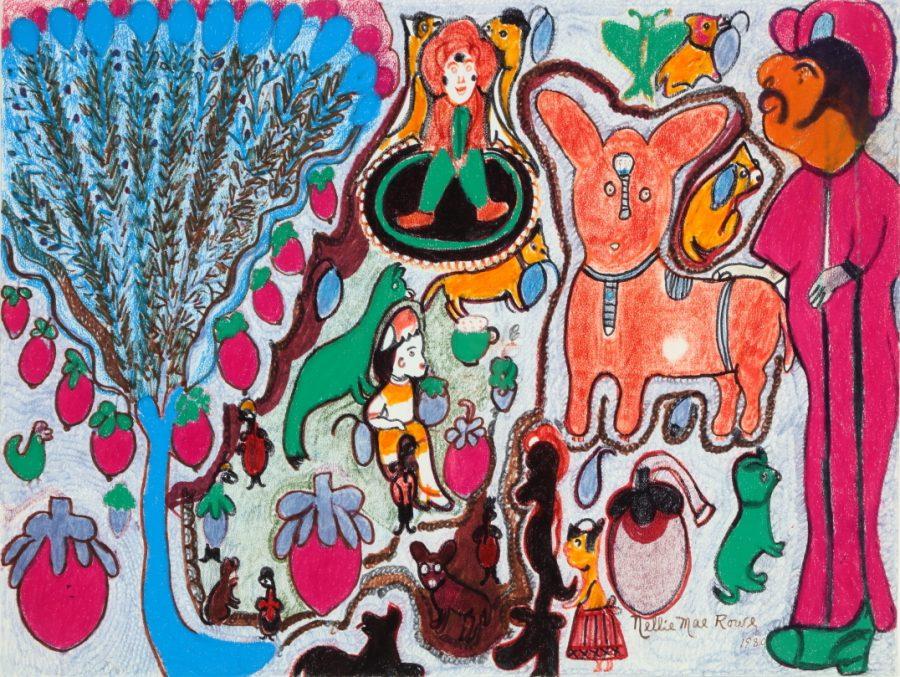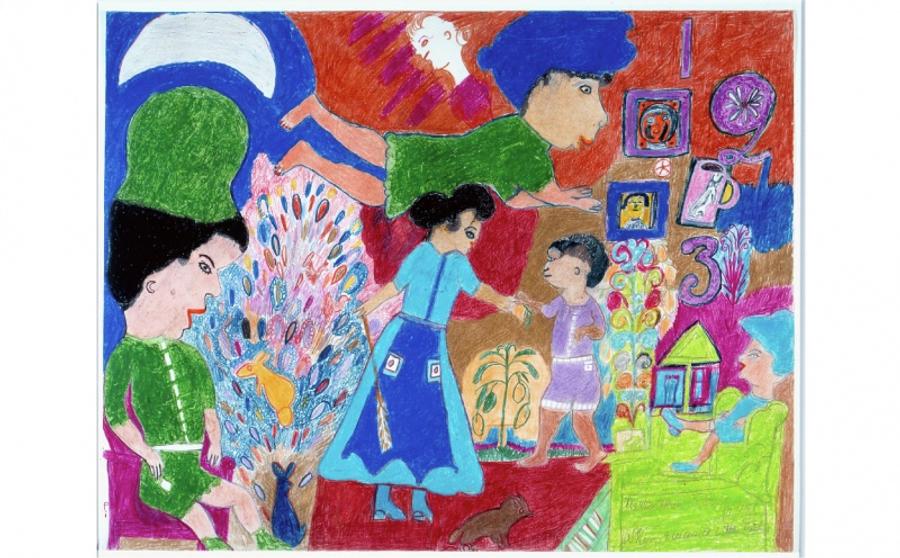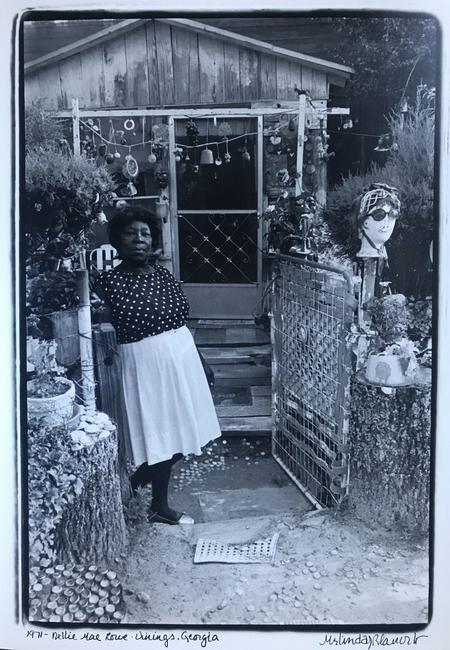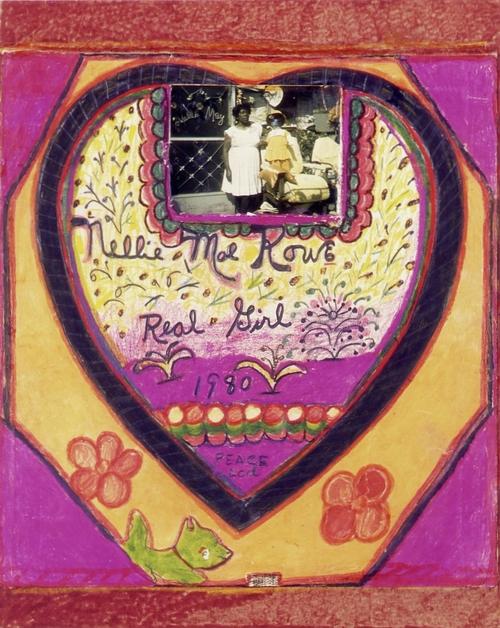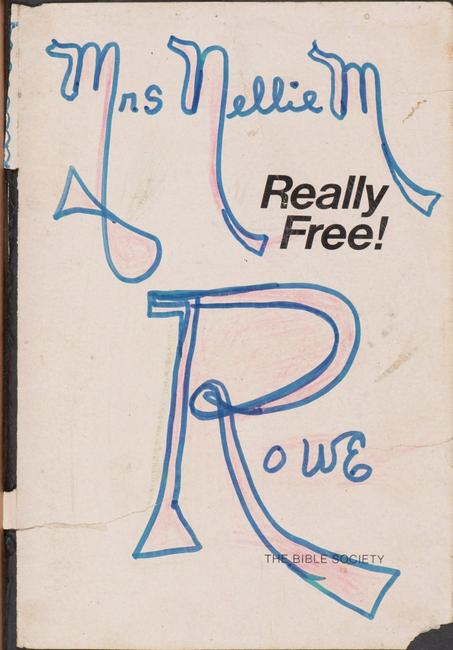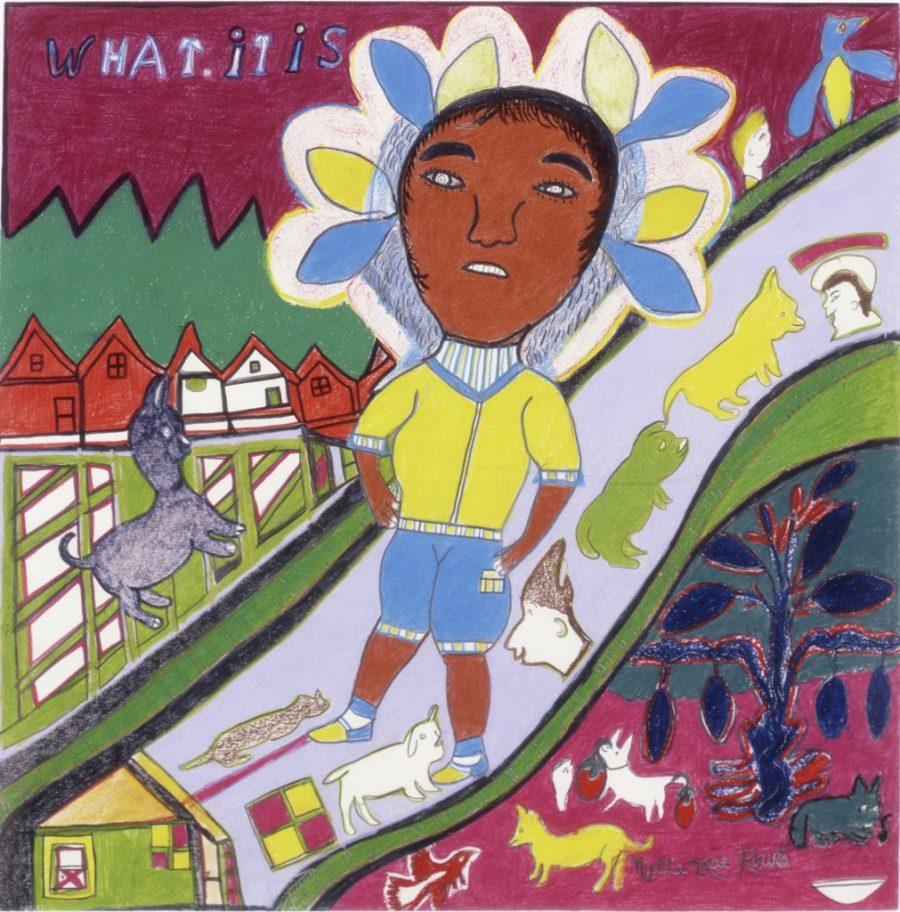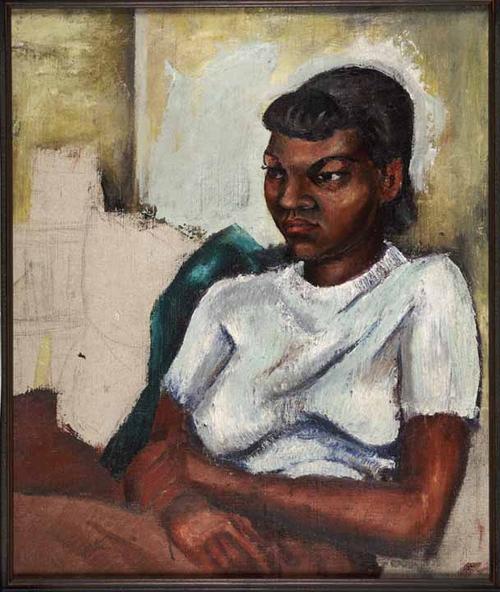
The Gathering Place and Greenwood Cultural Center in Tulsa, Oklahoma, will host artworks from the Kinsey collection, beginning May 22 through June 2021 in the ONEOK Boathouse. The collection then travels to Tacoma Art Museum in Washington this summer.
The widely acclaimed exhibition, The Kinsey African American Art & History Collection, celebrates the achievements and contributions of Black Americans from 1595 to present times. Considered one of the most comprehensive surveys of African American history and culture outside the Smithsonian Institution, the exhibition features over 150 of the shared treasures amassed by Shirley and Bernard Kinsey during their five decades of marriage. The collection includes masterful paintings and sculpture, photographs, rare books, letters, manuscripts and more. The exhibition will run at Tacoma Art Museum (TAM) from July 31 – November 28, 2021.
Garnering national media attention and experienced by more than 15 million people, the groundbreaking exhibition has toured 30 cities in the U.S. and internationally, including the Smithsonian Institution’s National Museum of American History, The National Underground Railroad Freedom Center, EPCOT Walt Disney World, California African American Museum, the Norton Museum of Art, the University of Hong Kong Museum and Gallery, and The African American Museum, Dallas, to name a few. The exhibition has been cited in three national awards, including the National Medal for Museum and Library Service.
Representing the intersection between art and history, the exhibition covers the lives, accomplishments, and artistry of African Americans from the 16th century through the years of slavery and emancipation, to the civil rights movement and modern day. Important examples include bills of sale, advertisements, letters, and legal papers documenting the slave trade; hand-colored tintypes from the Civil War era; art and literature from the Harlem Renaissance; and items spotlighting key moments in the civil rights movement, including the Woolworth store boycotts and the 1963 March on Washington.
Shirley and Bernard Kinsey, Floridians by birth and graduates of Florida A&M University, began collecting to remember their travels. Soon their collection became a repository for African American intellectual, historical, and artistic works. The Kinseys believe their collection helps give a well-rounded look at the African American experience and the integral roles African Americans played in building this country, providing new perspectives on chapters of the nation’s history which have been ignored. The collection is a family affair, with the Kinsey's son Khalil serving as General Manager and Chief Curator.
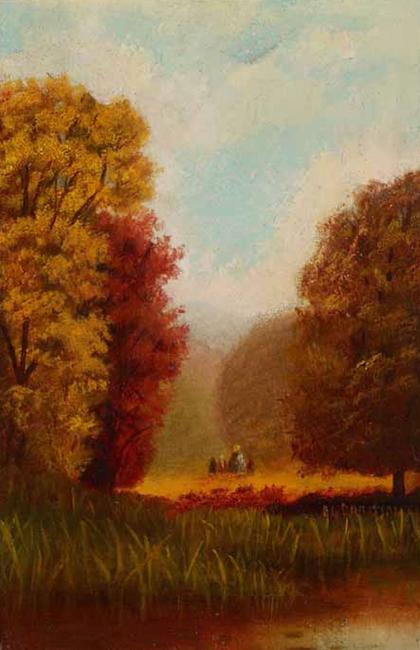
“The Kinsey Collection strives to give our ancestors a voice, a name, and a personality, enabling the viewer to understand the challenges, obstacles, triumphs, accomplishments and extraordinary sacrifice of African Americans in building this country,” said Bernard Kinsey. Khalil adds, “This is a family story, illustrating what our family has done to tell its story. But it’s also about America. Most people only know half of the story.”
A history of African Americans in art is charted through works by numerous celebrated artists, including Alma Thomas, Romare Bearden, Elizabeth Catlett, Aaron Douglas, Sam Gilliam, Charles White, Augusta Savage, Lois Mailou Jones, Artis Lane, Robert S. Duncanson, and many more.
Other items include the earliest-known Black baptism record and Black marriage record, from 1595; a 1773 first-edition copy of poems by Phillis Wheatley and a copy of the 1857 Dred Scott Decision. Other noteworthy items include an early version of the Emancipation Proclamation; an illustration of the “first colored senator and representatives” in the 41st and 42nd U.S. Congress; a letter from Malcolm X to Alex Haley, author of Roots: The Saga of an American Family; and a signed copy of the Brown vs. Board of Education ruling, a landmark legal decision made in 1954 by the Supreme Court ending school segregation and creating legal barriers to Jim Crow laws.
While this exhibition has been shown in numerous locations covering the Eastern Seaboard, the Midwest, the South, the Mid-South, the Southwest, and the West Coast, this will be the first time the exhibition has been presented in the Pacific Northwest. According to Bernard Kinsey, “Our collection has been front-page news all over the world, from Hong Kong, to Colombia, to Dallas, Texas. It represents an opportunity for people in Washington, Oregon, and Idaho to see books, manuscripts and paintings that they will never have a chance to see again, outside of our nation’s capital."
David F. Setford, TAM’s Executive Director, said, “When I travelled to Dallas in September 2019 to see this exhibition and meet the Kinseys, I was overwhelmed. I was amazed by the power of the documents, and works of art on display, by their ability to tell an untold story, and by the commitment of the Kinseys to share that story. I resolved that we needed to tell this story at TAM. Then, as 2020 rolled in, the relevancy of the choice of this exhibition to our region and to the Museum’s DEIA work became even clearer.”
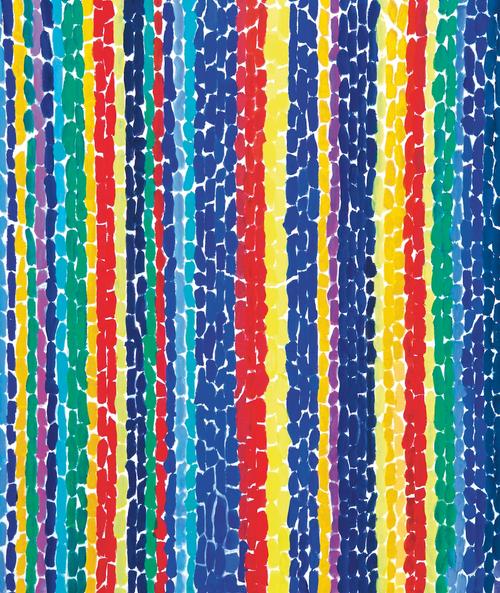
The exhibition’s presentation at TAM and related community programming is being developed in collaboration with a Kinsey Collection Advisory Committee, comprised of 18 Black leaders, artists, educators, and activists from the greater Tacoma area. Special tours, performances, talks, youth programs, and more will be hosted at TAM and virtually during the exhibition. Additionally, a richly illustrated book with a foreword by Douglas A. Blackmon, the Pulitzer Prizewinning author of Slavery by Another Name: The Re-Enslavement of Black Americans from the Civil War to World War II, accompanies the exhibition and will be available for sale in the TAM Store along with other items related to the Collection.
